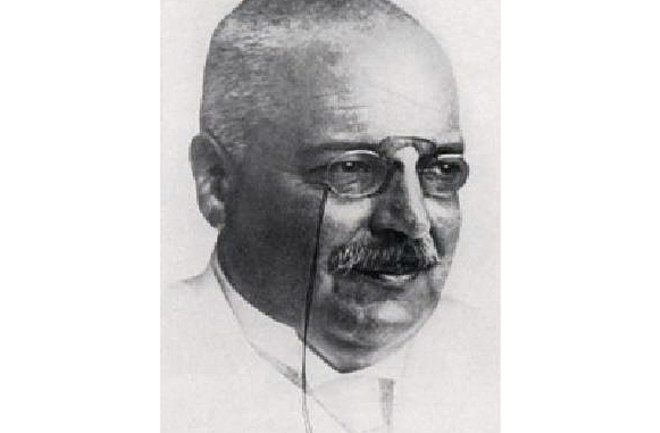Alzheimer’s disease is named after German psychiatrist and neurologist Alois Alzheimer.
How Did Alzheimer's Disease Get Its Name: Who Discovered It?
Who discovered Alzheimer’s disease? This brain disorder dates back to the German neurologist who first identified it in 1906.
By Alex Orlando
Dec 1, 2019 4:00 PMAug 14, 2023 5:21 PM

Alois Alzheimer. (Credit: Wikimedia)
Newsletter
Sign up for our email newsletter for the latest science news
0 free articles left
Want More? Get unlimited access for as low as $1.99/month
Stay Curious
Sign up for our weekly newsletter and unlock one more article for free.
View our Privacy Policy
Want more?
Keep reading for as low as $1.99!
Already a subscriber?
Find my Subscription
More From Discover
Stay Curious
Subscribe
To The Magazine
Save up to 40% off the cover price when you subscribe to Discover magazine.
Copyright © 2025 LabX Media Group
